How do plants and animals interact with their surroundings? What is the role of algae in shaping ecosystems? How do mammals eat, reproduce, and behave? What makes freshwater ecosystems so unique? How do ecologists study animal behavior in the field?
You can learn the answers to all of these questions (and more!) in classes offered in Ecology and Evolution that focus on the ecology and behavior of plants and animals. If you have other questions or more in-depth questions about ecology, the EEB department also offers opportunities for students to conduct their own undergraduate research.
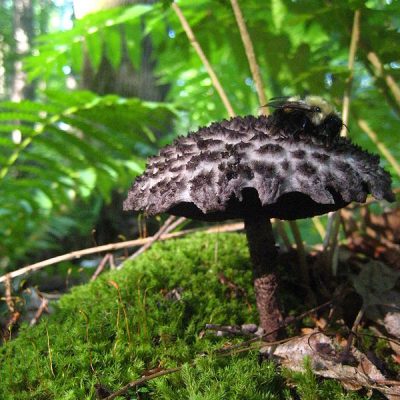
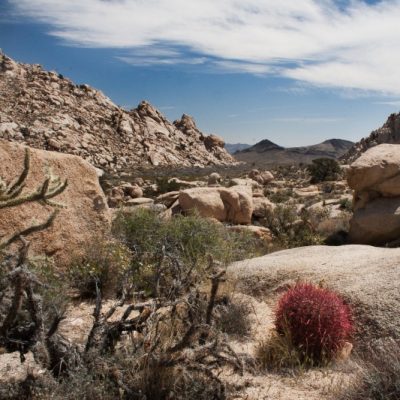
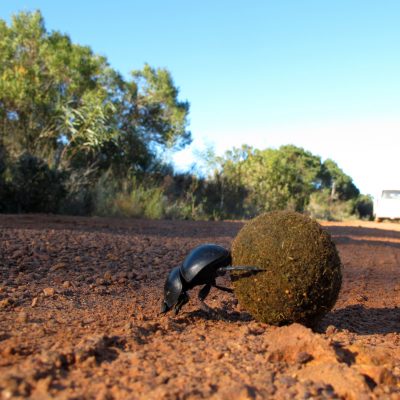
Courses focusing on ecology
For more information about a course, click on the title to expand the description. Many courses in EEB cover ecology as part of a broader curriculum, but are not listed here because ecology is not the main focus.
See also:
Ecology Courses
The biggest challenges of being a plant are that they can’t go inside when it gets too hot or too cold, they can’t move around till they find something to eat, they can’t pick up and leave when there is nothing left to drink where they currently are, and when a bug comes to eat them, they can’t call an Uber. Rather, plants have to figure out how to take light from the sun, carbon dioxide from the air, and water and nutrients from the soil under the often really tough environmental conditions of where the seed that produced them happen to sprout. Plants have to figure out how to do this in a desert when it is really hot, or in the alpine, where it is really cold. They have to figure out how to do this when there is almost no light when they are trying to grow at the bottom of a tropical rainforest, or when there is too much light (yes, avoiding sunburn is a real problem for plants too!). Plants have evolved an amazing array of physiological processes and adaptations that allow them to not only cope with the many challenges of the earth’s diverse environments, but to prosper in the most brutal of climates, to make the world the green place we see when we step outside, and to be the fundamental source of food for our existence. And as if they don’t have enough to do just to survive, plants serve on the front line of fighting back against the human-caused rise of carbon dioxide in the atmosphere that is driving global climate change.
Instructor: Seemann
Typically offered: Fall alternate years, even
Credits: 3
Format: 3 hr Lecture
Grading: Grading is based on a midterm exam, a final, and occasional quizzes.
The impacts of humans on the biosphere are pervasive and profound, with potentially catastrophic consequences for ecosystems and human society. This course will explore the major components of global change including climate change, pollution, over-exploitation of resources, land-use change and biotic homogenization. We will consider how each of these drivers modifies natural ecosystems and the ability of these ecosystems to continue providing the services on which human society depends. In the group project, students will practice communicating scientific evidence about the consequence of global change to a non-specialist audience. The course fulfills the General Education Core Area 3 and Environmental Literacy requirements.
Instructor: Bagchi (Storrs), Finiguerra (Avery Point)
Typically offered: Fall alternate years, odd
Credits:
Format: Lecture
Grading: Three exams, 10 online quizzes, group project (oral and written components).
Ecology, the scientific study of interactions between organisms and their environment, is at the heart of understanding how nature works. This course teaches the basic principles of ecology, progressing from organisms (physiological and evolutionary ecology) to populations (population distribution and dynamics, population interactions), communities (community structure and dynamics, biological diversity), ecosystems (energy flows and nutrient cycles), and ultimately the biosphere (global ecology). Students are introduced to a broad variety of scientific approaches used in the study of ecology, including observational studies, manipulative experiments, and mathematical models. The course aims not only to provide a broad introduction to this scientific discipline, but also to increase understanding of the scientific process and appreciation of the main discoveries of ecological science, and how they inform societal responses to climate change, the spread of invasive species, and non-sustainable extraction of resources.
Instructor: Davis
Typically offered: Fall Spring
Credits: 4
Format: Lecture, weekly discussion sessions
Grading: Grading is based on 3 in-class exams and one final exam. Additionally students earn points from participation in lectures and activities in discussions including a final in-class oral presentation on conservation biology.
Instructor: Knutie
Typically offered: Fall Spring
Credits: 3
Format:
Grading: The course is assessed with three midterm and one final exam, a group project and presentation, three assignments, and class participation.
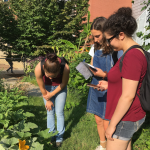
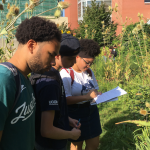
Instructor: Varies
Typically offered: Fall
Credits: 2
Format:
Grading:
Instructor: Urban
Typically offered: Fall alternate years, odd
Credits: 4
Format: 2 lectures and an afternoon lab each week
Grading: Midterm, final, independent project, plus quizzes, participation, and lab reports
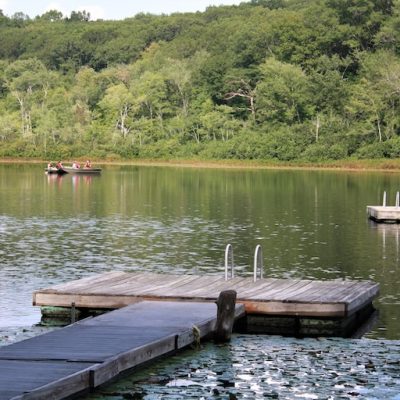
Introduction to animal behavior, focusing on observational methods, collecting techniques, and analysis of behavioral data. Topics include foraging theory, territoriality, navigation, social behavior, communication, mating systems and sexual selection. Field trips required.
Instructor: Varies
Typically offered: Summer
Credits: 3
Format: Lecture, Laboratory, daily field trips
Grading:
Physiology of animals in an evolutionary context: how individuals cope and how species adapt to natural environments. Topics include energy budgets, temperature regulation, energetics of locomotion, respiration, feeding and diet. Lectures, student-led presentations, and critical discussions of current journal articles.
Instructor: Schultz
Typically offered: Spring alternate years, even
Credits: 3
Format: 3 one hour lectures
Grading: Grades are based on exams, short written assignments and student presentations
Methods of Ecology is an intensive, hands-on course designed as a primer in how to conduct ecological research. The course is particularly useful for students interested in pursuing research-relevant or data-oriented careers and for Honors students who will be writing theses. By the end of the course, students will 1) know how to ask research questions and develop testable hypotheses, 2) be familiar with a variety of field sampling and computational methods commonly used in ecological studies, including how to code using the program R, 3) be able to enter data, visualize it, and run a variety of fundamental statistical tests, and 4) be confident in how to turn collected data into a publishable scientific manuscript.
Instructor: Varies
Typically offered: Fall
Credits: 4
Format: Two 4-hour combined lecture/labs per week, including 9 field trips
Grading: Weekly assignments, final project report, no tests
Undergraduate Research
EEB faculty offer opportunities for undergraduate students to work on research during the summer or academic year. Students can participate in lab and field work on projects ranging from cicada systematics, to conifer genomics, to the maintenance of color morphs. Each year, the department hosts an undergraduate research symposium for EEB students, from which several students are selected to present at the Biology Undergraduate Research Symposium. To get involved in research in EEB, read through faculty profiles and websites and contact a faculty member whose research interests you.
Many faculty also mentor independent projects led by students, especially for students applying for funding to conduct research through the Office of Undergraduate Research (OUR). Examples of recent undergraduate research projects in the EEB department funded by OUR include:
- The Effect of Forest Fragmentation on Interactions between Insect Herbivores and their Parasitoids
- Increasing Levels of Carbon Dioxide in Freshwater may Mediate the Predation of the Keystone Species Daphnia magna
- Effects of Soil Conditions and Forest Composition on Morph Frequencies in a Woodland Salamander, Plethodon cinereus
- Impact of Climate Change on Mutualistic Soil Fungi and Their Interactions with Native Maple and Oak Seedlings